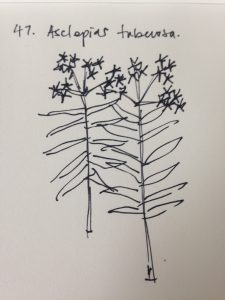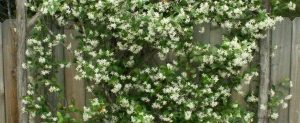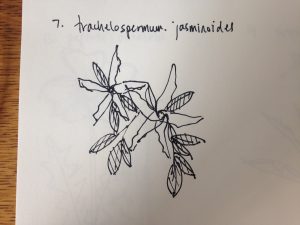

(image from google images)
Common name: butterfly weed, milkweed
Size, form, texture: height and spread 24 inches,
Hardiness, origin, native ecology: zone 3-9, native to North America, poisonous compounds to many insects except monarch butterflys who lay eggs on this plant, feed exclusively on this plant, and caterpillars avoid predation by ingesting poisonous compounds that make them poisonous to other insects, butterfly pollinated, tuberous roots that have a variety of medicinal uses, due to poisons leaves remain almost unaffected by any other insects, toxic to any other plant or us.
Bud, foliage, flower and fruit characteristics: alternate arrangement, attractive green foliage, orange/tangerine flowers, long flowering period, best in full sun.
Cultural and maintenance requirements and appropriate uses in the landscape: Good used in prairie plantings, rain garden, eclectic aesthetic.


